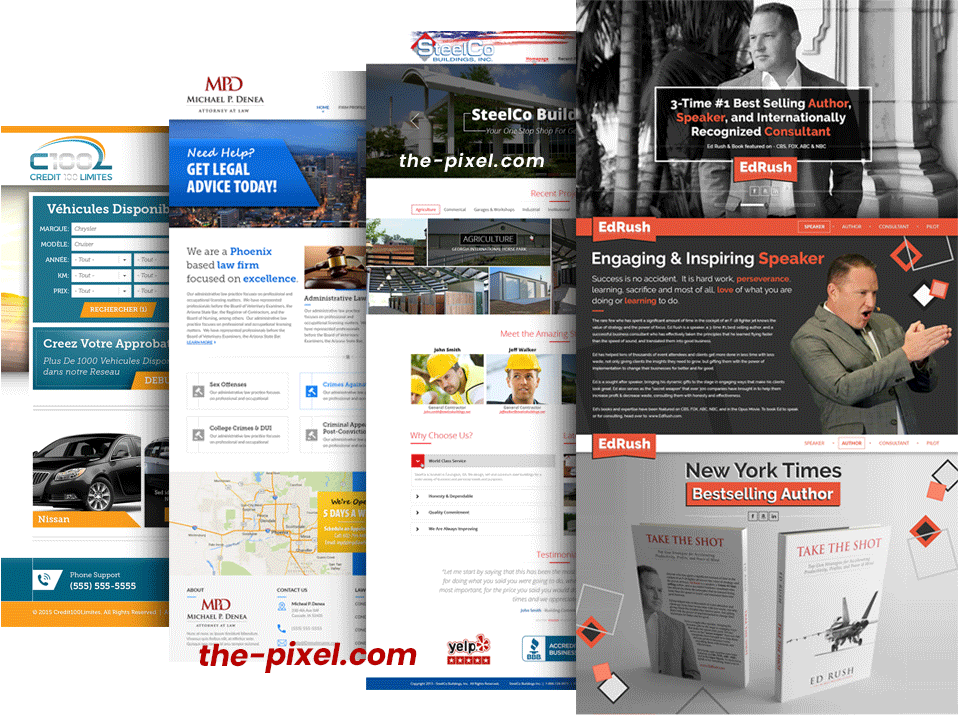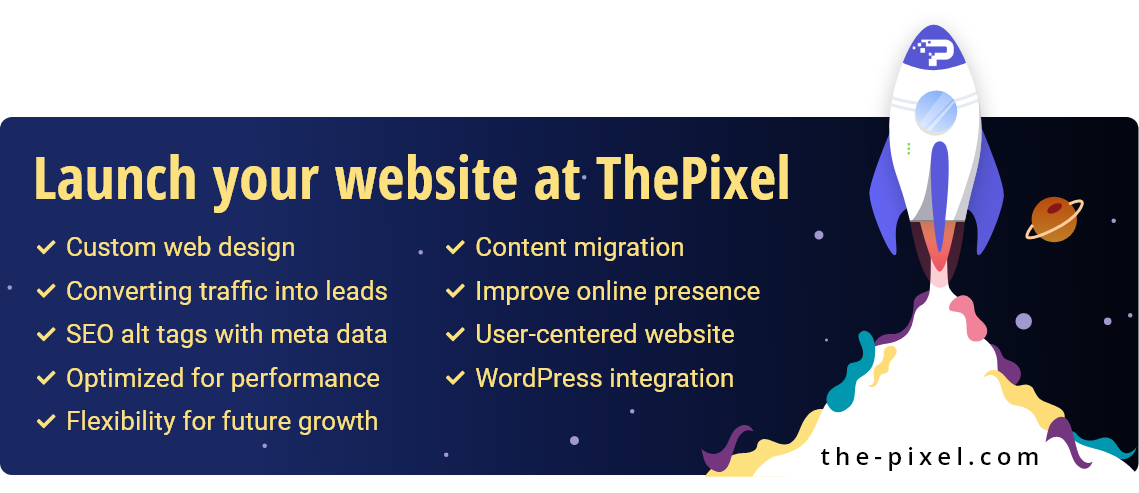7 Tips to Increase Website Loading Speed
7 Tips to Increase Website Loading Speed
Your websites speed impacts your SEO rankings
What is your reaction when you land on a web page that loads too slowly? If you’re like most people today, you’ll leave this page after only a few seconds of inactivity. Thus, the speed of loading a website (or “web performance”) can impact the success of any online activity on several levels.
Why increase the loading speed of a site? Your website loading speed has become an essential criterion in the success of a website. Internet users are less and less patient: they must be given quick access to your website. Also, they use more and more mobile to surf the web with a less stable and reliable connection. Optimizing the loading speed has a significant impact on the connection time to your website, the number of pages viewed, the conversion, bounce rate but also SEO. Beyond this impact on the SEO, the positioning of your site on Google can also be impacted by a poor website speed.
Tips increase the loading speed of a site and thus reduce the loading time of a website:
- Unlock a budget for web hosting
- Allow GZIP compression
- Allow caching of resources
- Minify CSS and JavaScript
- Prioritize content at the top of the web page
- Optimize media files
- Use a CDN
1. Unlock the right budget for web hosting
Often, there is a tendency to want to save money on all the management costs of a website. If it starts with a good feeling, it is necessary to separate things. Indeed, one of the significant expenses is web hosting. If some web hosts offer cheap web hosting solutions, you need to unlock a specific budget for web hosting. It makes sure to get a dedicated server and not a shared server.
Shared hosting stores multiple websites on the same server. The performance of the server is divided by the number of websites present on it. It will negatively impact the performance and loading time of the website. A dedicated server is therefore recommended to reduce the loading time of a web page. This investment of a few tens of $$ extra can be very profitable.

2. Allow GZIP compression
By allowing GZIP compression, you can reduce the download time of HTML, CSS, and JavaScript. Indeed, when they have compressed these files, they are lighter. In practice, Internet users do not even see the difference. Browsers (Chrome, Safari, Firefox …) support very well this type of GZIP compression. There are several ways to enable GZIP compression on a CMS such as WordPress. Some tools like Check GZIP Compression can test your website.
3. Allow caching of resources
Caching resources reduces the number of items to load for a user. Indeed, his browser will store many items on your site that will no longer be loaded at the next visit. It smooths the navigation and increases the loading speed of a page. In case of modification, an update of the page, only the new elements will be loaded, the rest being in the browser cache.
4. Minify CSS and JavaScript
The minification consists in reducing the size, the weight of an application or a web page thanks to work on its code in particular. It is to minify JavaScript, CSS, and HTML. The simplification was done on elements which one can dispense without losing incomprehension. For this, we will tackle comments and a layout (line break, spaces …) optional.
The code will be lighter, and the web page will be lighter and less time-consuming. The loading speed of the site will be higher and the loading time reduced. The code will be mostly readable for machines and almost unreadable for humans. Learn how to minify your CSS, HTML and JavaScript files and minification tools or plugins.
5. Prioritize content at the top of the page
A website page can take a long time to load completely. By giving priority to top-of-the-page content, people will be able to start seeing above-the-fold content. The rest of the page will load while the user reads the already available content. In this way, Internet users will have something to see at least in the part which reduces the risk of a high bounce rate. The content at the top of the page should be at the beginning of the HTML code.

6. Optimize media files
A page that is heavy and slow to load is often the consequence of a page with massive media files. Optimizing media files means reducing the weight of media files. The quality of modern cameras and cameras is very impressive but involves extremely heavy files. Internet users and especially mobile users will have trouble accessing this content quickly without going through a weight reduction step. Most of the time, the media content (photo and video) should not be such a good resolution (72 dpi for the web).
To reduce the weight of a video on a website, you can follow the following tips:
- Host on Youtube or other video hostings and integrate them on your site
- Reduce the width of the video
- Compress video with software like Adobe Premiere
- Remove the audio track if it is optional
- Choose the right format: the MP4 is the lightest format
7. Use a CDN
CDN (Content Delivery Network) technology can be very interesting to increase the loading speed of a website. This network is made up of several computers located in different places on the Earth that cooperate to bring content faster.
The closer a user is geographically close to the server, the faster the site will load. Such an organization geographically makes it possible to store information in the right place: the content is stored and found closer to the user, which facilitates navigation. However, this option is especially useful for sites with international audiences and larger budgets.
As you can see with these many tips, it is possible to optimize the loading time of your website. The experts in the Technical and SEO Cluster, an SEO agency, can help you reduce the loading time of your pages to create new opportunities.
Feel free to share your experience and tips to enrich the subject!
Conclusion
Have you probably thought that it’s the end of this guide on how to create a human-centered design? You’re almost right! It just includes one more and the last point: testing, testing, and testing once again. A genuinely human-oriented approach means continuous user testing, thousand of iterations, and improvements.
Does it sound like a nightmare for UX designers? I guess that yes. However, a human-oriented design is worth it. Even today, in the digital era of technology disruptions, it’s so difficult to find a really human-centered design. So, you have a wonderful opportunity to be the first in your niche to offer a product with a hyper-intuitive user experience design that builds human connections with your target audience.
Hire ThePixel to build your next website!
Since our founding in 2008, we’ve created and launched many types of business websites. Over the last decade and we’ve learned a thing or two! That’s why we’re masters of our craft, let us help you build the website of your dreams – one that generates traffic, leads and conversions.
Are you ready to start? If yes, contact ThePixel and one of our representatives will guide you through the website phases and how the process works either by a Zoom Meeting or phone.


